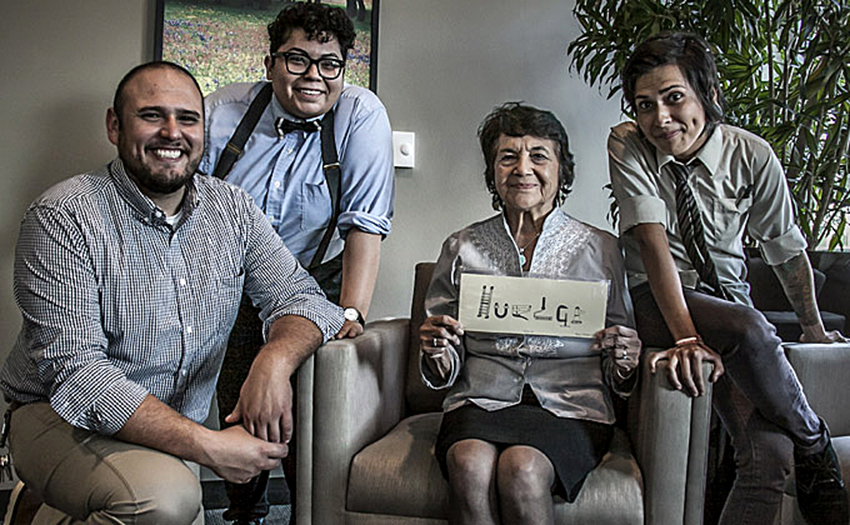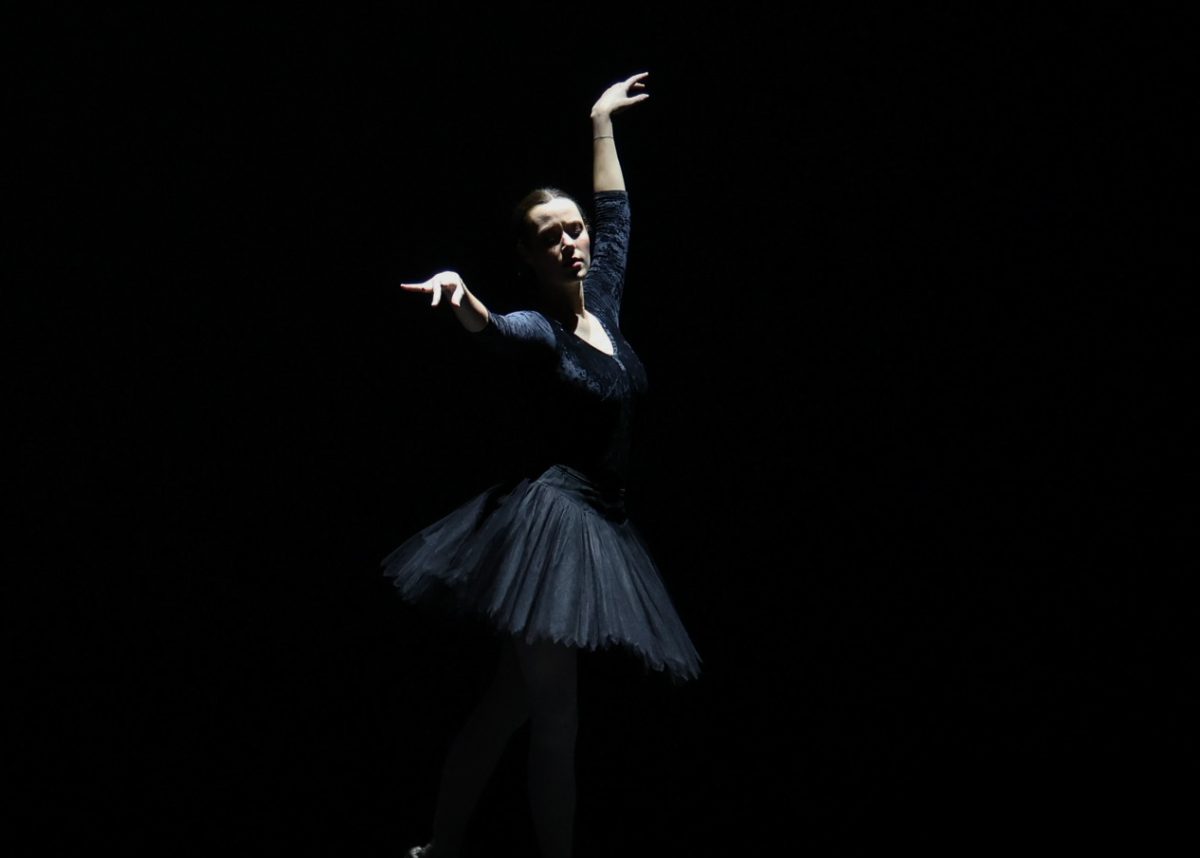Austin’s art scene is known to be a home for emerging creatives, but many Latinos often don’t feel represented in these “white-centric” art spaces. To combat this, local artists James Huizar, Claudia Aparicio-Gamundi and Claudia Zapata designed a new brand in 2012 to represent the “latinidad,” or traditional Latino culture, striving to give an identity to a forgotten crowd.
“I don’t feel a lot of Tejano and Mexican-American stuff goes on in Texas,” Huizar said. “It’s all for music, but visual [art]? That was the birth of Puro Chingón Collective.”
The Puro Chingón Collective is a Latino-based collaboration that produces murals, a handcrafted toy line called Chingolandia and a zine, called ChingoZine, that features original drawings and print work of emerging Latino artists. The collective sells and promotes their limited edition products online only. The sixth issue of ChingoZine will come out in June.
After working together at Mexic-Arte Museum, the three artists released their first issue of ChingoZine in 2012. The positive feedback led the group to produce more issues under the brand name Puro Chingón Collective, creating an art space for a crowd they thought
was underserved.
The company received a grant from the Downtown Austin Alliance in 2013 to create a mural that celebrated Mexican culture. Their design protested the forced immigration of Mexicans in downtown Austin during the Jim Crow years. Though the city ordinance specifically forced African-Americans to move away from downtown, gentrification affected the Mexican population, segregating them to East Austin.
“We wanted to talk about that and give emphasis on parading the spectacular nature of Mexican identity or Mexican culture versus the forced diaspora,” Zapata said. “It became unique as we affiliated Mexicanidad into the Austin space.”
Each person at the Collective has a different background. Huizar said he identifies as Tejano, Aparicio as Mexicana and Zapata as a Chicana. Zapata said they form a Latino art trifecta that reflects a small but varied experience of Texas.
Aparicio, born and raised in Mexico, said she noticed that there was no diversity in the artists at the shows she attended after moving
to Austin.
“We just really wanted to be heard and started to be really loud with Mexican parties to celebrate the zine,” Aparicio said. “We started having artists from California, Mexico and Chile, and we had a show in Ukraine. It all just blew up from there.”
UT alumnus Huizar grew up in Pleasanton, Texas, a town 30 miles south of San Antonio. He said Pleasanton is the “birthplace of the cowboy,” which inspired him to pull Texas imagery into
his artwork.
“It’s like a middle ground where all of our ideas come together,” Huizar said. “We wanted to make a new brand, and we did it. We’re still learning, challenging ourselves, and we still haven’t done half of what we’re aiming to do.”
The trio combines their ideas to keep developing a brand with designs that give an identity to Latino culture and traditions.















